Antennas for Portable Devices
Foreword. Acknowledgements. List of Contributors. 1 Introduction (Zhi Ning Chen). References. 2 Handset Antennas (Brian S. Collins). 2.1 Introduction. 2.2 Performance Requirements. 2.3 Electrically Small Antennas. 2.4 Classes of Handset Antennas. 2.5 The Quest for Efficiency and Extended Bandwidth. 2.5.1 Handset Geometries. 2.5.2 Antenna Position in the Handset. 2.5.3 The Effect of the User. 2.5.4 Antenna Volume. 2.5.5 Impedance Behavior of a Typical Antenna in the Low Band. 2.5.6 Fields and Currents on Handsets. 2.5.7 Managing the Length-Bandwidth Relationship. 2.5.8 The Effect on RF Efficiency of Other Components of the Handset. 2.5.9 Specific Absorption Rate. 2.5.10 Hearing Aid Compliance. 2.5.11 Economic Considerations. 2.6 Practical Design. 2.6.1 Simulations. 2.6.2 Materials and Construction. 2.6.3 Recycling. 2.6.4 Building the Prototype. 2.6.5 Measurement. 2.6.6 Design Optimization. 2.7 Starting Points for Design and Optimization. 2.7.1 External Antennas. 2.7.2 Balanced Antennas. 2.7.3 Antennas for Other Services. 2.7.4 Dual-Antenna Interference Cancellation. 2.7.5 Multiple Input, Multiple Output. 2.7.6 Antennas for Lower-Frequency Bands - TV and Radio Services. 2.8 The RF Performance of Typical Handsets. 2.9 Conclusion. References. 3 RFID Tag Antennas (Xianming Qing and Zhi Ning Chen). 3.1 Introduction. 3.2 RFID Fundamentals. 3.2.1 RFID System Configuration. 3.2.2 Classification of RFID Systems. 3.2.3 Principles of Operation. 3.2.4 Frequencies, Regulations and Standardization. 3.3 Design Considerations for RFID Tag Antennas. 3.3.1 Near-field RFID Tag Antennas. 3.3.2 Far-field RFID Tag Antennas. 3.4 Effect of Environment on RFID Tag Antennas. 3.4.1 Near-field Tags. 3.4.2 Far-field Tags. 3.4.3 Case Study. 3.5 Summary. References. 4 Laptop Antenna Design and Evaluation (Duixian Liu and Brian Gaucher). 4.1 Introduction. 4.2 Laptop-Related Antenna Issues. 4.2.1 Typical Laptop Display Construction. 4.2.2 Possible Antennas for Laptop Applications. 4.2.3 Mechanical and Industrial Design Restrictions. 4.2.4 LCD Surface Treatment in Simulations. 4.2.5 Antenna Orientation in Display. 4.2.6 The Difference between Laptop and Cellphone Antennas. 4.2.7 Antenna Location Evaluations. 4.3 Antenna Design Methodology. 4.3.1 Modeling. 4.3.2 Cut-and-Try. 4.3.3 Measurements. 4.4 PC Card Antenna Performance and Evaluation. 4.5 Link Budget Model. 4.6 An INF Antenna Implementation. 4.7 Integrated and PC Card Solutions Comparison. 4.8 Dualband Examples. 4.8.1 An Inverted-F Antenna with Coupled Elements. 4.8.2 A Dualband PCB Antenna with Coupled Floating Elements. 4.8.3 A Loop Related Dualband Antenna. 4.9 Remarks on WLAN Antenna Design and Evaluations. 4.10 Antennas for Wireless Wide Area Network Applications. 4.10.1 INF Antenna Height Effects on Bandwidth. 4.10.2 A WWAN Dualband Example. 4.11 Ultra-Wide Band Antennas. 4.11.1 Description of the UWB Antenna. 4.11.2 UWB Antenna Measurement Results. References. 5 Antenna Issues in Microwave Thermal Therapies (Koichi Ito and Kazuyuki Saito). 5.1 Microwave Thermal Therapies. 5.1.1 Introduction. 5.1.2 Classification by Therapeutic Temperature. 5.1.3 Heating Schemes. 5.2 Interstitial Microwave Hyperthermia. 5.2.1 Introduction and Requirements. 5.2.2 Coaxial-Slot Antenna. 5.2.3 Numerical Calculation. 5.2.4 Performance of the Coaxial-Slot Antenna. 5.2.5 Temperature Distributions Around the Antennas. 5.3 Clinical Trials. 5.3.1 Equipment. 5.3.2 Treatment by Use of a Single Antenna. 5.3.3 Treatment by Use of an Array Applicator. 5.3.4 Results of the Treatment. 5.4 Other Applications. 5.4.1 Treatment of Brain Tumors. 5.4.2 Intracavitary Microwave Hyperthermia for Bile Duct Carcinoma. 5.5 Summary. References. 6 Antennas for Wearable Devices (Akram Alomainy, Yang Hao and Frank Pasveer). 6.1 Introduction. 6.1.1 Wireless Body Area Networks. 6.1.2 Antenna Design Requirements for Wireless BAN/PAN. 6.2 Modelling and Characterization of Wearable Antennas. 6.2.1 Wearable Antennas for BANs/PANs. 6.2.2 UWB Wearable Antennas. 6.3 WBAN Radio Channel Characterization and Effect of Wearable Antennas. 6.3.1 Radio Propagation Measurement for WBANs. 6.3.2 Propagation Channel Characteristics. 6.4 Case Study: A Compact Wearable Antenna for Healthcare Sensors. 6.4.1 Application Requirements. 6.4.2 Theoretical Antenna Considerations. 6.4.3 Sensor Antenna Modelling and Characterization. 6.4.4 Propagation Channel Characterization. 6.5 Summary. References. 7 Antennas for UWB Applications (Zhi Ning Chen and Terence S.P. See). 7.1 UWB Wireless Systems. 7.2 Challenges in UWB Antenna Design. 7.3 State-of-the-Art Solutions. 7.3.1 Frequency-Independent Designs. 7.3.2 Planar Broadband Designs. 7.3.3 Crossed and Rolled Planar Broadband Designs. 7.3.4 Planar Printed PCB Designs. 7.3.5 Planar Antipodal Vivaldi Designs. 7.4 Case Study. 7.4.1 Small Printed Antenna with Reduced Ground-Plane Effect. 7.4.2 Wireless USB. 7.5 Summary. References. Index.
{{comment.content}}
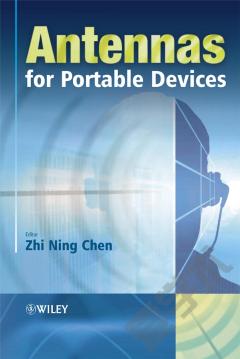
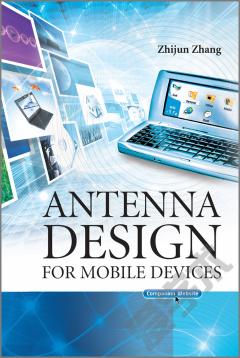
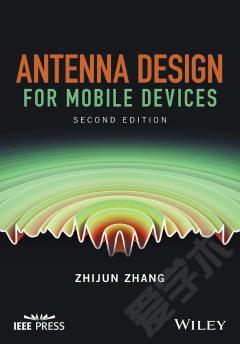

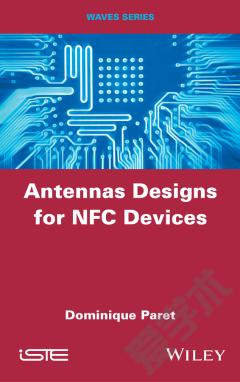
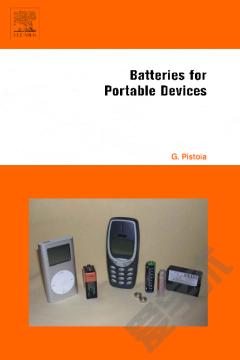
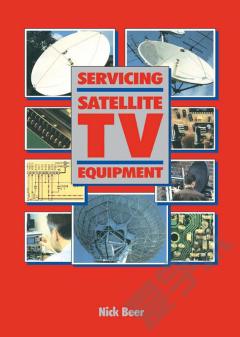

 京公网安备 11010802027623号
京公网安备 11010802027623号